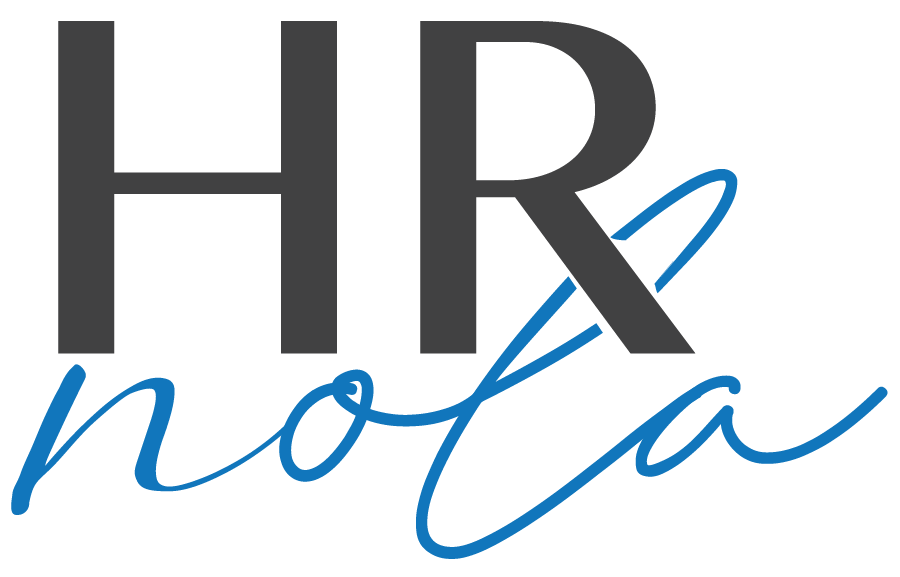
Having an engaged workforce means more than your employees just “liking their job”. An engaged employee is driven, productive, motivated to reach goals, and is also treated with respect in the workplace. Having an engaged workforce helps to increase employee productivity, satisfaction, and ultimately your bottom line. But, how do you know if your employees are engaged or not? And if they aren’t what is preventing them from reaching their best potential? An employee engagement survey can help you find out, our Director of HR Operations, Jacob Dufour explains how this valuable tool should be used by companies.
What Is An Engagement Survey?
An engagement survey is a useful tool that allows Leadership to assess the perceptions and engagement in the workforce. It isn’t a performance appraisal, and it’s a bit more specific than an employee satisfaction survey, and allows management to spot trends and measure changes in employee attitudes over time.
Why should a Business Run An Engagement Survey?
Most managers could agree that knowing how their employees perceive them, their management style, and the company is a good thing. These are all key data points that a company could learn from an engagement survey.
Jake says “these surveys can also gauge how employees feel about their benefits and compensation, if they would recommend the organization as a good place to work, and whether or not they believe that the organization has a diverse, inclusive and equitable culture.”
Employee engagement surveys give quantifiable information on something less tangible: how employees feel. This allows management to make data driven decisions that can positively impact how their employees feel about their jobs.
How Do Engagement Surveys Work?
Your Leadership team and Human Resources person should champion the engagement survey process from beginning to end. It starts at the top! This process is somewhat lengthy but a thorough plan will help to make sure that the survey runs smoothly. In general, the survey process has five main components:
-
Your appointed HR representative works with the management team to ensure a commitment to transparency as well as action on the findings.
-
From there your designated HR representative will write the survey itself. A well written survey should have insightful and organization-specific questions, and should be efficient for employees to complete.
-
Then, HR should ensure that the survey is administered efficiently and confidentially.
-
After the survey has been closed, Human Resources should examine the data carefully to identify areas for concern or improvement as well as areas with positive feedback. HR should also spot any trends in individual departments or in different employee demographics.
-
With this valuable data in hand, Human Resources should compile the results into a report that is presented to management.
How Can A Survey Be Run Confidentially?
Realistically, no employee is going to be brutally honest (if they need to be) if they think that their responses will be used against them. Fostering distrust between employees and management isn’t going to do anyone any good! Because of this it’s important to make sure that the survey is done confidentially. Using a 3rd party to administer the survey and analyze the data is a great way to help ensure anonymity and impartiality.
When Should My Company Run An Engagement Survey?
Like many data points in HR, it’s good to have a yearly update, but there are also times when you should break with your annual survey plan. When your business goes through a major change like restructuring departments, change in leadership, or other large changes (like a global pandemic) that impact your employees day to day work, you should conduct another survey.
For example, Jake says “We helped many of our clients conduct engagement surveys centered around their organization’s response to COVID-19, gauging how employees felt about the steps taken to prevent infection, work from home arrangements, and anxiety about the pandemic.” These surveys help us to make sure that our role as HR, and management is doing everything they can to help.
Managers should also note that it is not a productive use of time to piggyback off other surveys that may need to be conducted over the course of a year. Instead of saving time this overwhelms employees, as well as HR.
What Happens After The Survey?
After the survey has been completed, HR has analyzed it and presented it to the leadership team, then it’s time to make updates to the organization as needed. These engagement surveys can let you know if your PTO policy needs to be updated, or if your management needs to adjust their leadership style. It can also inform you if your Diversity and Inclusion goals are actually effective. When making changes after an employee engagement survey, it’s important to let the employees know that it is a direct result of their feedback.
Listen to Jake Speak on this topic below:
Employee engagement surveys are a great way to get to grips with how your employees really feel about your organization. Contact us today to set up a consultation to explore how HR NOLA can boost your business. We love HR so you don’t have to!
← Blog